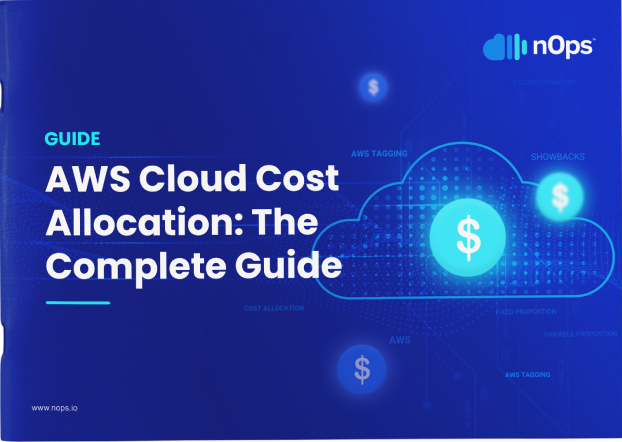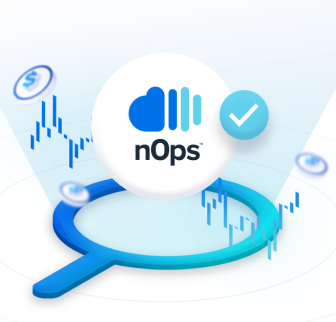Tags are essential to ensure that you can view meaningful information on AWS billing. Without tags, you see only the cost for AWS services, resources, operation type, or usage type on your AWS bill. Depending on your role, these dimensions may or may not mean anything to you.
However, by using tags, you get visibility to meaningful billing information to better organize your costs, such as costs for different stacks, different customers, different environments, different projects, departments, or teams. The way you see your business and related costs.
Companies normally agree on a small number of consistent tag keys to make it easier to track costs. Keys can represent Owners, Teams, CostUnit, etc.
As for key values, our customers follow various naming strategies. Some customers use dashes-in-the-tags names and some customers use CamelCases. It’s common to see different teams within an organization adopting different key-value tagging strategies.
Some teams forget to tag their resources, period. Corey Quinn had a tweet on this: your AWS bill is a function of how many engineers you have, not the number of customers. So depending on how many different teams are making changes in your AWS environment, it’s pretty common to find resources that aren’t properly tagged.
We’ll talk about how to find unexpected and unaccounted costs a little later. Let’s start with how you can leverage tags to find meaningful information
Visibility is crucial to prevent AWS costs from spiraling out of control
Our customers want to keep an eye on their spending. Mostly they want to make sure that things don’t spiral out of control — especially if they didn’t plan for a cost increase for certain projects.
Tagging is the best way to find meaningful information in your AWS environment. A good first step is to have an understanding of the current tags being allocated. The best way to do that is to visualize the distribution.
Once you can visualize the distribution, you can easily find unexpected costs, like a test project that someone started and forgot to shut down. Visualizing tags enables you to start a conversation with other team members to reduce the expected cost.
nOps has developed an innovative way to visualize your resource tags in a user-friendly design. With nOps Tag Explorer, you can analyze your spending within projects, departments, and teams in your AWS account. It saves time by providing a well-designed graph of tags associated with your resources. Using the graph, all you need to do is hover over the spend in a tag to see the cost value. And, not only will Tag Explorer show all your tagged resources, but it will also show your untagged resources.
After launching a project, Tag Explorer provides a view of costs within a custom date range. You may not have realized how much spend is going into a resource until you see it clearly displayed.
Finding unallocated costs and non-compliant tags
When you visualize the cost distribution, you’ll also find that there are resources that aren’t allocated at all. nOps Tag Explorer shows these resources under Untagged Resources. nOps also highlights resources that have keys but are missing a value. So you can easily find how many of your resources are missing department or owner tags overall.
In addition to neglecting tag resources, here are some other reasons why you’ll see unallocated costs on your AWS bill:
- You signed up for a cost allocation report mid-month. Some resources aren’t tagged for a part, or all, of the billing period.
- You’re using services that currently don’t support tagging.
- Subscription-based charges, such as Premium Support and AWS Marketplace monthly fees, can’t be allocated. One-time fees such as Amazon EC2 Reserved Instance upfront charges can’t be allocated.
AWS Cloud Cost Allocation: The Complete Guide

Check out this video for more info on nOps Tag Explorer.
Want better visibility into your AWS costs? Get started with nOps Tag Explorer today. Click here to get started with a free trial of nOps (or click here to sign in to nOps if you’re already a user).
Let nOps know you love this new feature by sharing it with others.
.png?width=1920&height=1080&name=Landscape%20(4).png)









